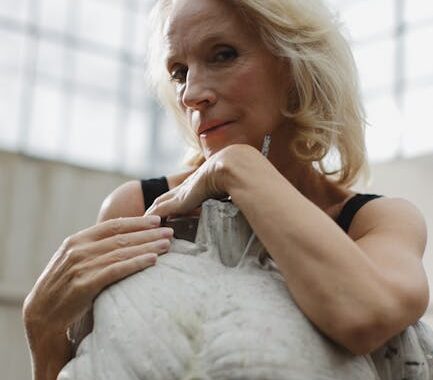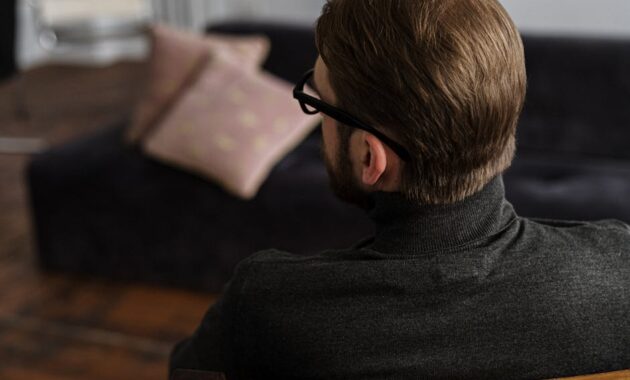Mastering the Art of Short Hairstyle Drawing: A Comprehensive Guide
Learning to draw short hairstyles accurately can be a rewarding journey for aspiring artists and seasoned professionals alike. Whether you’re aiming to create captivating illustrations for a fashion magazine, design stunning characters for animation, or simply hone your artistic skills, mastering the nuances of depicting short hair is essential. This comprehensive guide will delve into the techniques, tools, and considerations required to effectively draw a range of short hairstyles, from sleek bobs to textured pixie cuts. This guide will cover everything you need to know about short hairstyle drawing.
Understanding the Fundamentals of Hair Drawing
Before tackling the intricacies of specific short hairstyles, it’s crucial to understand the fundamental principles of hair drawing. This includes comprehending hair’s basic structure – the individual strands, their direction, and how they clump together to form larger shapes and volumes. Observational drawing is paramount; spend time studying real hair, taking note of how light interacts with its surface, creating highlights and shadows. This understanding will inform your short hairstyle drawing techniques.
Essential Tools for Short Hairstyle Drawing
The right tools can significantly enhance the quality of your work. While personal preference plays a role, some essential tools for short hairstyle drawing include:
- Pencils: A range of pencils (H for light sketching, B for darker shading) allows for nuanced control over line weight and tone.
- Eraser: A kneaded eraser is ideal for blending and lifting unwanted marks without damaging the paper.
- Drawing Paper: Smooth, medium-weight paper is generally preferred for detail-oriented work.
- Blending Stumps/Tortillons: These help to smoothly blend graphite for seamless transitions between light and shadow.
- Sharpener: Maintaining sharp pencil points is crucial for precise lines.
Drawing Different Types of Short Hairstyles
Short hairstyles present a unique set of challenges and opportunities. Their shorter length means individual strands and their textural variations are more prominent. Here’s a breakdown of drawing specific styles:
The Pixie Cut
The pixie cut is known for its short, choppy layers. When drawing a pixie cut, focus on depicting the individual strands’ texture and direction. Use short, quick strokes to suggest movement and volume. Pay close attention to the hairline and how the hair frames the face. Mastering the short hairstyle drawing of a pixie cut requires attention to detail.
The Bob
The bob, a classic and versatile hairstyle, can range from sleek and straight to wavy and layered. When drawing a bob, consider its overall shape and how the hair falls around the jawline and neck. For a sleek bob, use smooth, continuous lines. For a layered bob, incorporate varied lengths and textures. Accurate representation of light and shadow is crucial for a believable short hairstyle drawing of a bob.
The Undercut
Undercuts involve shaved or closely cropped sides with longer hair on top. This dramatic contrast requires careful attention to the different textures and lengths. Use sharp lines to define the shaved sections and softer strokes for the longer hair on top. Understanding how light and shadow play across these contrasting textures is crucial for a successful short hairstyle drawing.
Adding Texture and Details
Adding texture is key to making your short hairstyle drawing look realistic. Consider using a variety of line weights and shading techniques. Experiment with hatching, cross-hatching, and stippling to create different textures, from smooth and sleek to rough and textured. Remember to observe and replicate the subtle details: flyaways, cowlicks, and individual strands contribute significantly to realism.
Beyond the Basics: Advanced Techniques
As your skills develop, you can explore advanced techniques to elevate your short hairstyle drawing. These include:
- Using Different Media: Experiment with charcoal, colored pencils, or even digital painting for added depth and richness.
- Adding Backgrounds: Incorporating appropriate backgrounds can enhance the overall composition and storytelling aspect of your artwork.
- Focusing on Expression: The hairstyle itself can contribute significantly to the character’s overall expression. Use this to add personality to your drawings.
- Studying Master Artists: Look to the works of renowned illustrators and artists for inspiration and techniques. Analyze how they render hair and use light and shadow to achieve realism.
Practice and Patience: The Key to Mastery
Drawing hair, particularly short hairstyles, requires practice and patience. Don’t get discouraged if your early attempts aren’t perfect. Consistent practice, combined with mindful observation and attention to detail, will lead to significant improvement. Start with simple sketches and gradually increase the complexity of your drawings. Consider utilizing references, both photographs and real-life models, to ensure accuracy and realism in your short hairstyle drawing.
Troubleshooting Common Challenges in Short Hairstyle Drawing
Several common hurdles can arise when attempting to draw short hairstyles realistically. Here’s how to address some of these challenges:
- Lack of Volume: Use layering and shading techniques to create the illusion of volume even in short hair.
- Inconsistent Texture: Practice different shading techniques to achieve a consistent texture throughout the hairstyle. Refer to images for accurate representation of the hair type.
- Unrealistic Shape: Observe how hair naturally falls and conforms to the head’s shape. Avoid overly simplistic or stiff forms.
By understanding the fundamentals of drawing, practicing consistently, and addressing common challenges, you can master the art of short hairstyle drawing and create stunning, realistic illustrations.
[See also: Related Article Titles]


